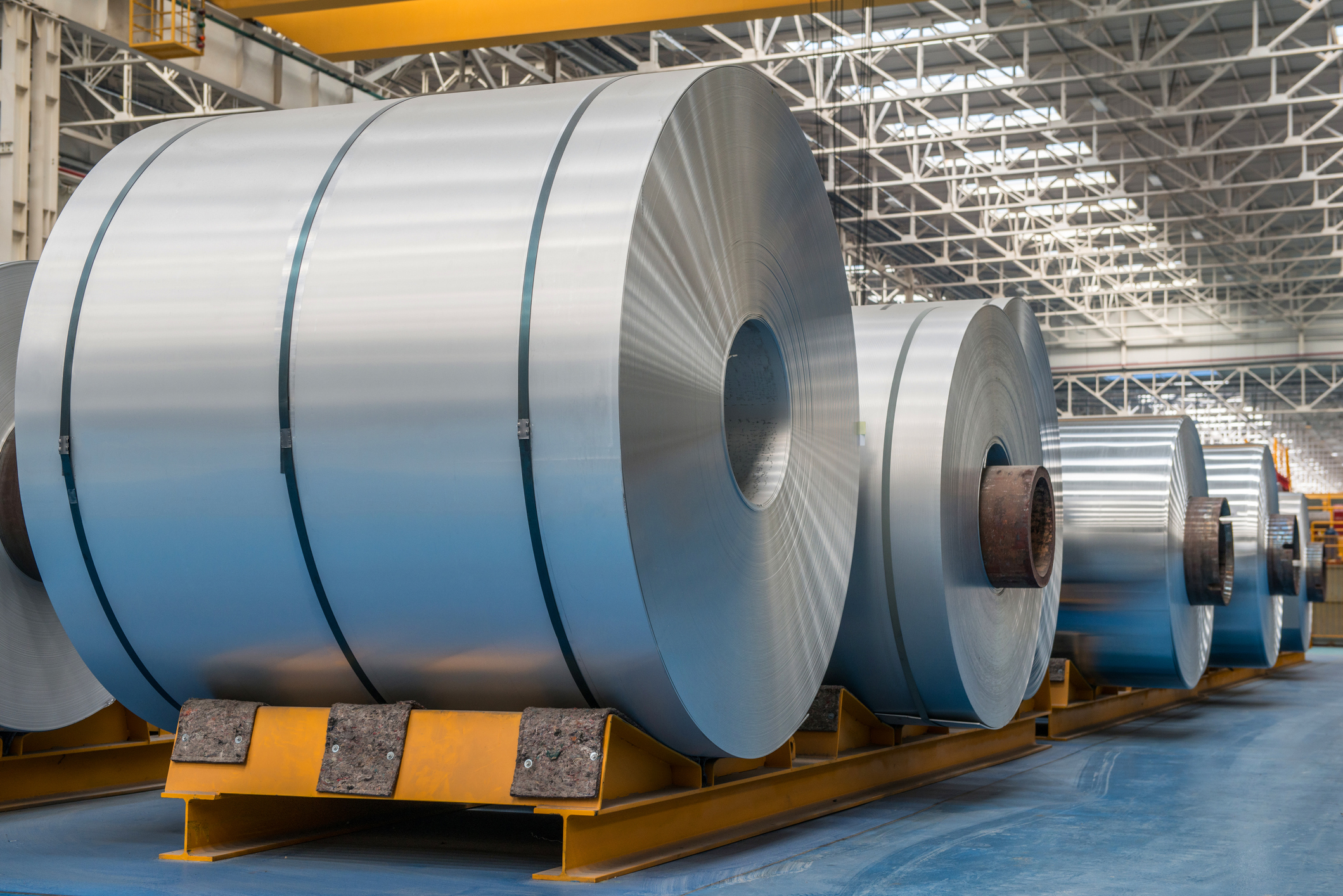AISI: U.S. Steel Imports Decline in June

According to the latest data released by the American Iron and Steel Institute (AISI), based on the U.S. Department of Commerce’s Steel Import Monitoring and Analysis (SIMA) system, steel import permit applications in June totaled approximately 2.25 million net tons (NT), marking a 7.4% decline compared to the 2.43 million NT recorded in May. The figure also represents a 9.4% drop from the final May import total of 2.48 million NT.
Permit volumes for finished steel products in June reached 1.73 million NT, slightly lower by 2.9% compared to 1.78 million NT in May. Over the first half of 2025, including preliminary June data and final May figures, total steel imports amounted to 14.62 million NT, with finished steel imports totaling 10.87 million NT—down 4.7% and 7.1% respectively from the same period in 2024.
The estimated import market share for finished steel remained steady at 20% in June and stands at 21% year-to-date, AISI reported.
Notable Trends in Product and Country Breakdown
Several product categories showed sharp month-on-month increases in June permit volumes, including reinforcing bars (up 54%), wire rods (up 34%), hot-dipped galvanized sheet and strip (up 26%), cut-length plates (up 26%), and standard pipe (up 24%).
On a year-to-date basis, tin plate imports surged by 73% compared to the same period in 2024. Other notable increases were seen in stainless pipe and tube (up 69%), line pipe (up 35%), wire rods (up 24%), and oil country tubular goods (up 17%).
By source, Brazil accounted for the largest volume of steel import permit applications in June at 426,000 NT, a 6.4% increase from May. Canada followed with 315,000 NT (down 22%), while other significant sources included South Korea (267,000 NT, down 15%), Vietnam (131,000 NT, up 34%), and Taiwan (127,000 NT, up 18%).
Over the first six months of 2025, the top three steel import sources were Canada (2.78 million NT, down 20%), Brazil (2.59 million NT, up 3%), and Mexico (1.71 million NT, down 12%).
Industry analysts suggest that the decline in steel imports aligns with ongoing demand volatility in the U.S. construction and manufacturing sectors. The relatively stable market share for finished steel imports may also indicate cautious domestic consumption amid persistent global pricing uncertainties and trade policy shifts. Looking ahead, market participants will be closely monitoring potential shifts in trade flows, especially from major suppliers such as Brazil and South Korea, as well as developments in U.S. infrastructure spending.
Source: AISI






